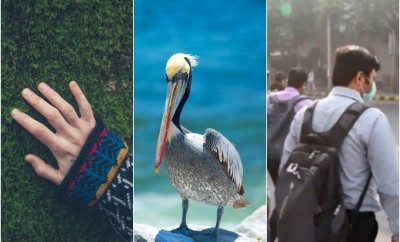Environment
The real reason why the dodo bird went extinct

Image: Shutterstock/gallimaufry
What really happened to the mysterious Dodo bird? This notorious species has a story of its own that exemplifies both the dangers of colonization and human carelessness with nature. Almost everyone knows what the bird is, but do you really know why it went extinct?
The dodo bird was discovered in 1591 in Mauritius by Portuguese sailors. The Europeans were exploring the island in hopes of turning it into an isolated prison. Because it went extinct so long ago, there are few records of what it actually looked like. Some Dutch sketches suggest that it was around three feet tall and very heavy, too heavy to fly. However, it never really needed to fly! The other animals on the island were not predatory so the dodo bird never developed a way to defend itself and instead would be very friendly with the colonizers, rather than skeptical.
Th unique and naive nature of the dodo bird is where its name comes from. In Portuguese, Dodo connotes stupidity and the dodo bird became a food source for not only the humans that arrived, but their animals too. The monkeys, dogs, and other creatures that came on the ships would steal eggs from the dodo bird, making it nearly impossible for them to reproduce and grow as a species.
The isolation of an island didn’t help with protecting the future of the dodo bird. There were limited species available for the dodo bird to mate with so even a hybrid of a dodo bird and something else was not possible. Within a century, the last dodo bird died and marked its extinction. Along with the dodo bird, the Calvaria tree also went extinct. This was the dodo’s home and the two species formed a symbiotic relationship where they depended on each other to survive. The tree has not germinated since the 1600s and only thirteen trees remain.
This example of extinction happened relatively early on and thus became the poster child of endangered species. Many other species on Mauritius suffered through the same fate. A once budding ecosystem with around fifty different species inhabiting its land now only has half as many and has fallen a true victim to extinction.
The fate of the dodo bird should be a cautionary tale that if we do not take initiative to protect endangered species, they will no longer be with us. Their purpose goes beyond reproducing and maintaining a species, it affects the future of all the other species in its ecosystem.





0 comments